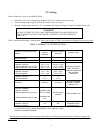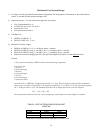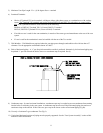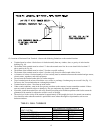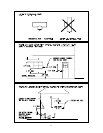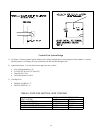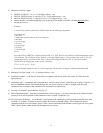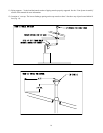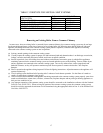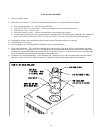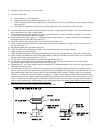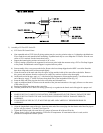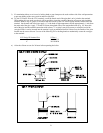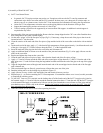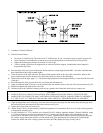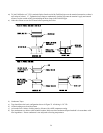
17
Removing an Existing Boiler From a Common Chimney
In some cases, when an existing boiler is removed from a common chimney, the common venting system may be too large
for the remaining appliances. At the time of removal of an existing boiler, the following steps shall be followed with each
appliance remaining connected to the common venting system placed in operation, while the other appliances remaining
connected to the common venting system are not in operation.
(a) Seal any unused openings in the common venting system.
(b) Visually inspect the venting system for proper size and horizontal pitch and determine there is no blockage or restriction,
leakage, corrosion and other deficiencies which could cause an unsafe condition.
(c) Insofar as practical, close all building doors and windows and all doors between the space in which all the appliances
remaining connected to the common venting system are located and other spaces of the building. Turn on clothes dryers
and any appliance not connected to the common venting system. Turn on any exhaust fans, such as range hoods and
bathroom exhausts, so they will operate at maximum speed. Do not operate a summer exhaust fan. Close fireplace
dampers.
(d) Place in operation the appliance being inspected. Follow the lighting instructions. Adjust thermostat so the appliance will
operate continuously.
(e) Test for spillage at the draft hood relief opening after 5 minutes of main burner operation. Use the flame of a match or
candle, or smoke from a cigarette, cigar, or pipe.
(f) After it has been determined that each appliance remaining connected to the common venting system properly vents when
tested as outlined above, return doors, windows, exhaust fans, fireplace dampers and any other gas-burning appliances to
their previous condition of use.
(g) Any improper operation of the common venting system should be corrected so the installation conforms with the National
Fuel Gas Code, ANSI Z223.1. When resizing any portion of the common venting system, the common venting system
should be resized to approach the minimum size as determined using the appropriate tables in Part 11 of the National Fuel
Gas Code, ANSI Z223.1.
TABLE 7: FIRESTOPS FOR VERTICAL VENT SYSTEMS
VENT MANUFACTURER'S PART #
VENT SYSTEM 3 INCH 4 INCH
FLEX-L-INTL
STAR-34
SRFS03 SRFS04
Z-FLEX
SVE SERIES III (SUPPORT)
2SVSFSSF03 2SVSFSSF04
Z-FLEX
SVE SERIES III (SPACER)
2SVSFSF03 2SVSFSF04
HEAT FAB
SAF-T VENT
7373GC 7473GC
PROTECH SYSTEMS
FASNSEAL
FSFS3 FSFS4



